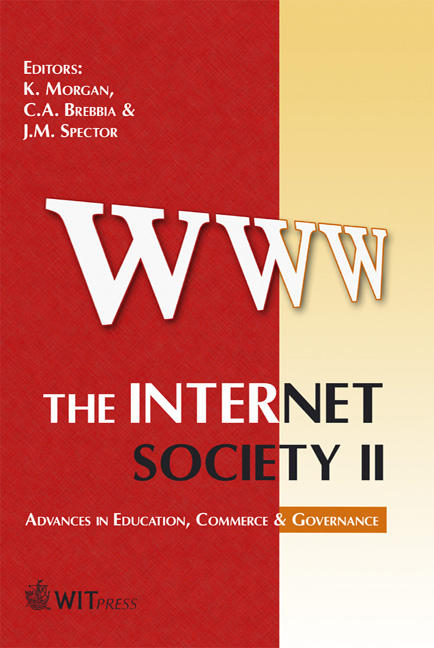Complexity, Challenge And Creation In Curriculum Design
Price
Free (open access)
Volume
36
Pages
10
Published
2006
Size
899 kb
Paper DOI
10.2495/IS060011
Copyright
WIT Press
Author(s)
S. Mecca & J. Thompson
Abstract
Schools today are faced with both the internal and external imposition of standards or benchmarks, which we will term BKs, that are expected to drive curriculum. Benchmarks, such as those of Project 2061 from the American Association for the Advancement of Science, are often structured on multiple levels representing a complex network of standards. Furthermore, schools are expected to demonstrate student accomplishment of benchmarks through effective assessment strategies. The instructional landscape in which curriculum is played out is painted with experienced teachers, who have generally been responsible for working in the context of their own grade and their own classroom with teaching-learning units, projects and activities, which we can term Curriculum Activity Blocks or CABs. CABs have become a part of a teacher’s resource inventory, a repertoire so to speak, and while these often address one or more of a school’s benchmarks, they are assembled in ways that may not address hierarchical benchmarks in optimum ways, leaving gaps that can result in students being left behind for lack of an adequate curriculum. This paper addresses these issues with both technical and experiential analysis of the complexities and challenges involved in the broad area of curriculum design and documents important fundamental lessons for those who have the responsibility to develop curriculum in the face of multiple demands. 1 Origins and structure of hierarchical standards Curriculum in US public education has generally been viewed as specific information that gets taught during a designated period of time. This specific
Keywords





